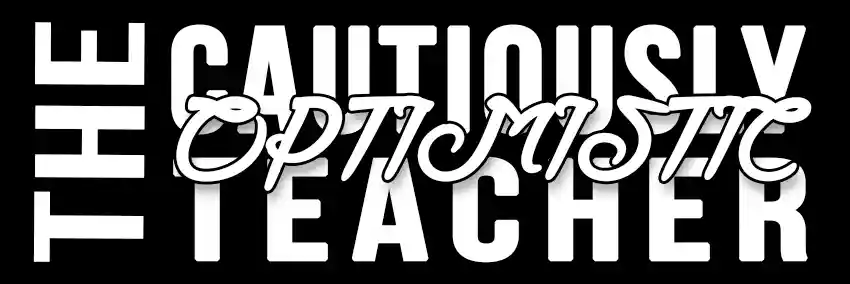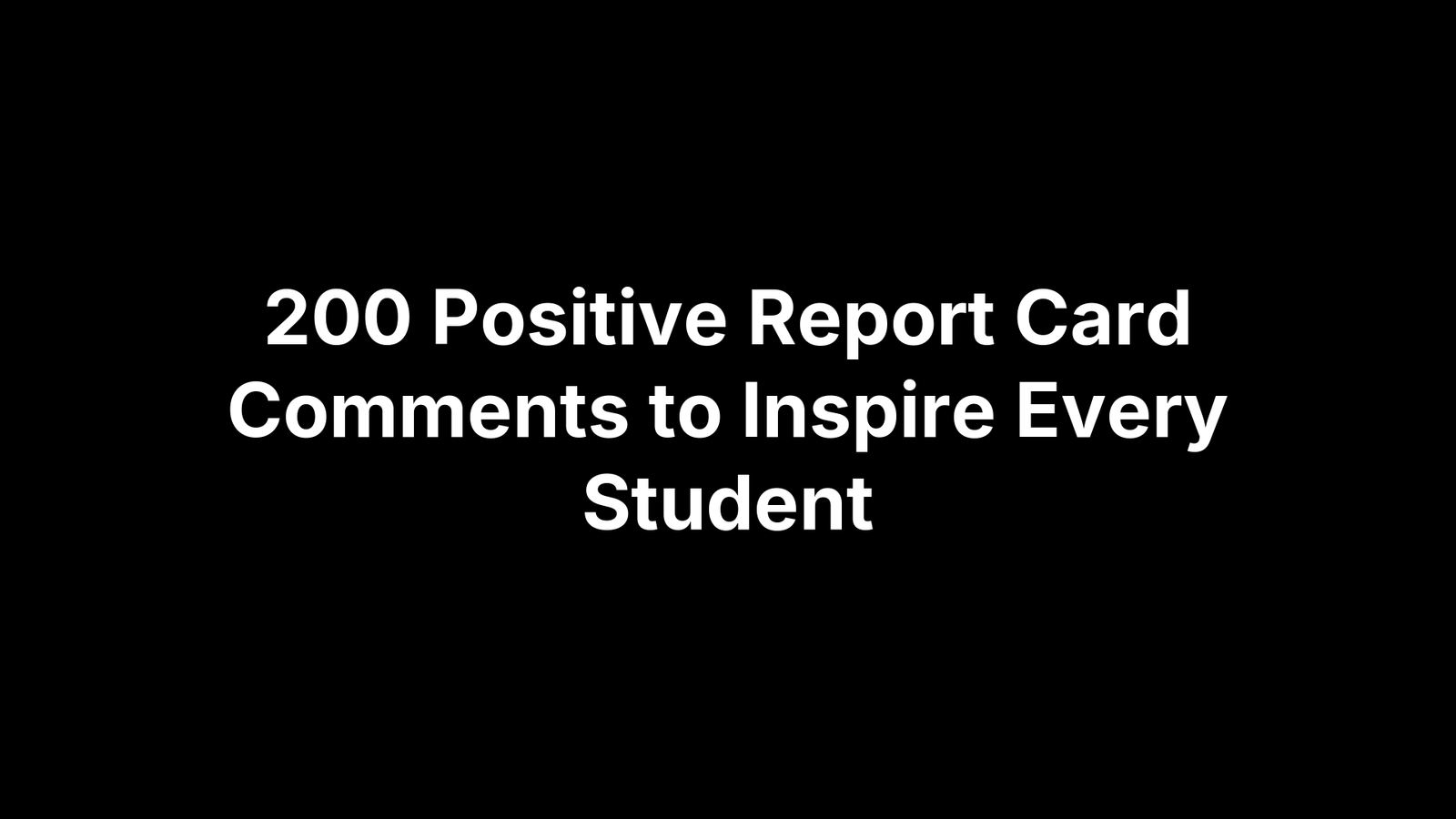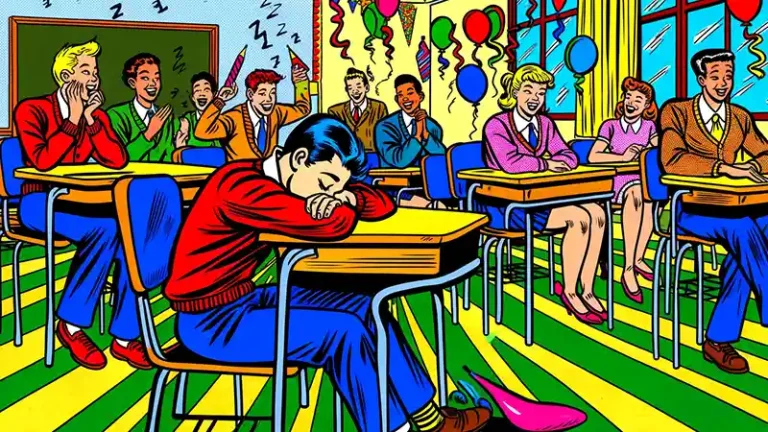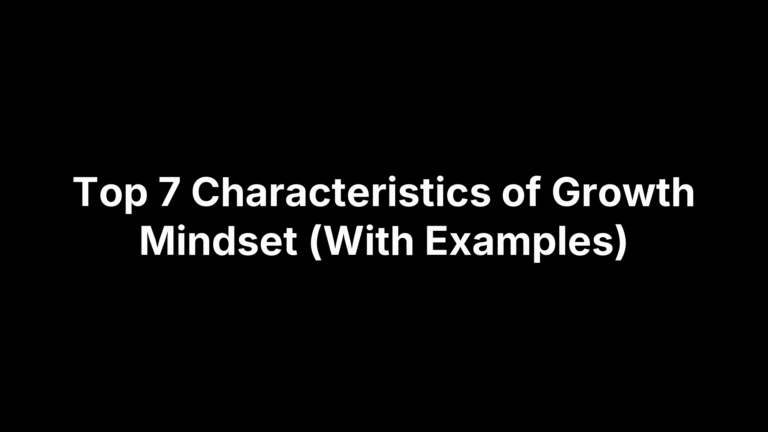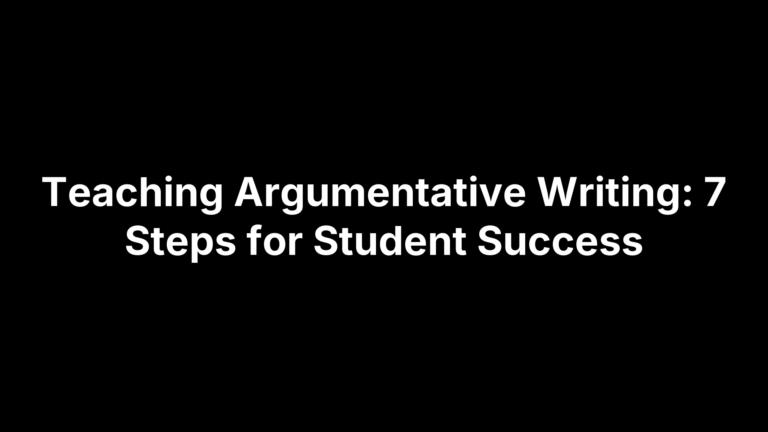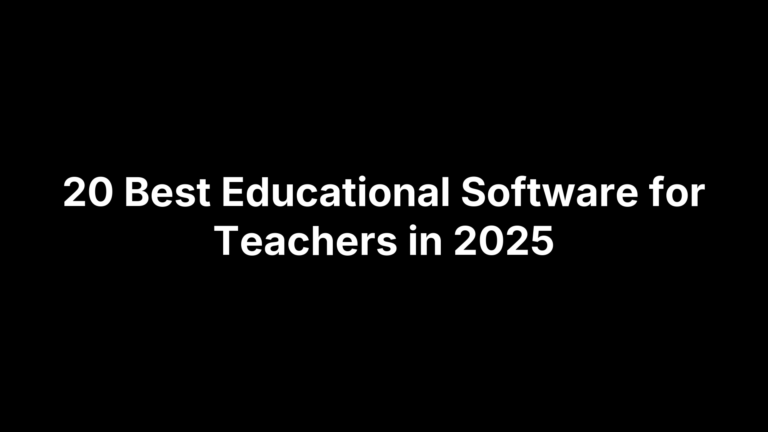Positive Report Card Comments: Clear, Encouraging, and Growth-Focused
Need a few parent-pleasing lines right now? Copy, paste, and breathe:
- Jordan consistently applies new concepts with confidence and originality.
- Avery tackles complex problems with steady focus and creative strategies.
- Mia listens thoughtfully and elevates group discussions with respectful insights.
- Diego sets ambitious goals and works methodically to surpass them.
- Lila demonstrates growing mastery of academic vocabulary across subjects.
- Sam shows resilience by revising work until understanding is secure.
Comments like these do more than fill space; they spotlight observable strengths, guide next steps, and reassure families that you see the whole child. Specific, evidence-based praise fuels motivation, shores up self-efficacy, and opens productive conversations about growth.
This guide delivers 200 ready-made statements arranged by academics, skills, character, effort, creativity, diverse learners, remote learning, and quick one-liners, plus pro tips for tailoring them to each student. Dip in, grab what you need, or read straight through to refine your feedback craft—we’ve organized every section so you can find the perfect phrase in seconds. Ready? Scroll to the category you need and watch your report-card writing time shrink dramatically today.
1. Academic Achievement and Subject Mastery Comments
When families scan a report card, the first thing they hunt for is how well their child is grasping the curriculum. The positive report card comments below zero-in on specific evidence of learning rather than vague labels like “good student.” Feel free to mix and match phrases or swap in a unit title, novel, or standard to make each remark ring true.
General Academic Excellence
- Consistently exceeds grade-level expectations across core subjects and seeks out extension activities.
- Demonstrates precise understanding of new concepts and immediately applies them in unfamiliar contexts.
- Synthesizes information from multiple units, showing mature, interdisciplinary thinking.
- Actively incorporates teacher feedback, leading to steady improvement in both accuracy and depth.
- Maintains high assessment scores while balancing collaborative and independent projects with poise.
- Uses academic vocabulary fluently when explaining ideas to peers and adults.
- Sets ambitious learning goals, tracks progress diligently, and celebrates milestones appropriately.
English/Language Arts Strengths
- Reads complex texts with excellent fluency, intonation, and comprehension.
- Cites strong textual evidence to support sophisticated interpretations during discussions.
- Crafts persuasive pieces that employ logical organization and a confident, engaging voice.
- Experiments with narrative structure and vivid sensory language to hook the reader.
- Revises writing thoughtfully, incorporating peer and teacher feedback to refine clarity.
- Demonstrates a growing command of grade-level vocabulary and figurative expressions.
Mathematics Proficiency
- Solves multi-step problems by exploring multiple solution paths and justifying reasoning.
- Accurately performs calculations and independently verifies answers for precision.
- Applies mathematical models (e.g.,
y = mx + b) to real-world scenarios with insight. - Participates enthusiastically in math talks, explaining strategies using correct terminology.
- Transfers prior knowledge to new units, such as connecting fractions to ratio concepts.
- Tackles challenging extension tasks and shares step-by-step reasoning with classmates.
Science Inquiry & Exploration
- Formulates testable hypotheses and designs fair investigations with minimal guidance.
- Observes lab safety protocols meticulously, modeling best practices for peers.
- Interprets data tables and graphs to draw evidence-based conclusions.
- Employs scientific vocabulary (e.g., “photosynthesis,” “variable control”) accurately in explanations.
- Shows genuine curiosity by asking probing questions that extend class learning.
Social Studies & Humanities Insight
- Analyzes primary sources critically, identifying perspective and historical context.
- Connects past events to current issues, demonstrating civic awareness and empathy.
- Contributes reasoned arguments during debates while respecting diverse viewpoints.
- Creates multimedia presentations that synthesize geography, culture, and economics.
- Demonstrates leadership in group projects by organizing tasks and encouraging participation.
- Reflects thoughtfully on global perspectives, showing an emerging sense of social responsibility.
2. Learning Skills and Work Habits Comments
Beyond grades, parents want to know how their child approaches learning day-to-day. These positive report card comments focus on behaviors that drive long-term success—organization, initiative, collaboration, clear communication, and grit. Mix them with academic notes to give families a 360-degree portrait of their learner.
Organization & Time Management
Students who juggle materials and minutes effectively tend to feel calmer and produce higher-quality work. Recognize those habits explicitly so they stick.
- Consistently arrives prepared, with notebooks, chargers, and resources neatly organized.
- Uses a planner and digital reminders to meet every deadline ahead of schedule.
- Breaks large assignments into manageable checkpoints without teacher prompting.
- Maintains an orderly Google Drive, making shared documents easy to locate for group work.
- Balances classwork and extracurriculars by prioritizing tasks and seeking clarification when needed.
Initiative & Independence
Self-starters benefit the whole classroom: they model curiosity while freeing teachers to support peers who need extra help.
- Begins tasks promptly and sustains focus without frequent redirection.
- Seeks out additional resources—videos, articles, or tutorials—to deepen understanding independently.
- Regularly proposes creative project ideas and follows through on execution.
- Requests feedback early, then revises autonomously before final submission.
- Demonstrates confidence in selecting appropriate strategies when faced with unfamiliar challenges.
Collaboration & Teamwork
Group projects reveal social learning skills as much as content knowledge. Celebrate contributions that keep teams humming.
- Listens actively and synthesizes peer ideas into a unified plan.
- Shares leadership roles equitably, rotating between facilitator, recorder, and presenter.
- Resolves conflicts respectfully by focusing on shared goals and evidence.
- Encourages quieter classmates to voice opinions, fostering inclusive participation.
- Provides constructive feedback that elevates the quality of group products.
Communication Skills
Clear expression—spoken or written—amplifies every other skill. Highlight students who make ideas accessible to all audiences.
- Speaks with clarity and appropriate tone when presenting to the class.
- Adapts vocabulary for different audiences, from peers to visiting community members.
- Uses academic discourse starters (“I respectfully disagree because…”) to advance discussions.
- Employs visuals—charts, slides, or models—to enhance message effectiveness.
- Practices active listening by paraphrasing classmates’ points before adding new insight.
Perseverance & Growth Mindset
Effort and resilience turn “I can’t” into “Not yet.” Acknowledging persistence helps students see setbacks as stepping-stones.
- Tackles challenging tasks with optimism, reworking solutions until successful.
- Reflects on mistakes, identifies next steps, and celebrates incremental progress.
- Chooses more difficult extension activities to push personal learning edges.
- Maintains focus during multi-day projects, demonstrating sustained commitment.
- Encourages peers by sharing strategies that helped overcome personal obstacles.
3. Character, Behavior, and Social-Emotional Growth Comments
Academic success glitters a little brighter when paired with kindness, integrity, and self-awareness. The positive report card comments below spotlight how students interact with people and manage their own emotions—information families value as much as test scores. Sprinkle these statements alongside academic notes to affirm the whole child and to reinforce your classroom culture.
Respect & Empathy
Recognizing considerate behavior teaches students that emotional intelligence matters.
- Consistently treats classmates with kindness, validating their ideas and feelings.
- Uses inclusive language that makes every peer feel welcome and valued.
- Recognizes when others need support and offers assistance without being asked.
- Shows cultural sensitivity by listening to diverse perspectives with genuine curiosity.
- Demonstrates empathy by considering how choices impact the well-being of the group.
Leadership & Citizenship
Leadership isn’t always loud; sometimes it’s simply doing the right thing when no one looks.
- Models positive behavior and encourages peers to follow classroom norms.
- Takes initiative to organize class materials and keep shared areas tidy.
- Advocates for fairness, ensuring all voices are heard during group decisions.
- Volunteers for school events, representing our class with enthusiasm and respect.
- Inspires classmates by maintaining a calm, solution-focused attitude during challenges.
Classroom Conduct
Daily routines run smoothly thanks to students who respect rules and learning time.
- Follows directions promptly and transitions between tasks smoothly.
- Maintains focus during lessons, minimizing distractions for self and others.
- Participates appropriately, balancing eager contributions with active listening.
- Respects classroom materials and returns them in good condition.
- Demonstrates self-control, even when activities become highly energetic.
Emotional Regulation
Self-management skills empower learners to navigate stress, feedback, and conflict.
- Identifies personal emotions and chooses healthy strategies, like deep breathing, to stay on task.
- Accepts constructive feedback calmly and views it as an opportunity to grow.
- Uses classroom tools (calm corner, reflection journal) proactively to manage stress.
- Supports peers in de-escalating conflicts by modeling calm language and tone.
- Bounces back quickly from setbacks, maintaining a positive outlook.
Responsibility & Integrity
Character shines through reliable choices and honest work.
- Takes ownership of actions, offering sincere apologies when mistakes occur.
- Arrives prepared each day, demonstrating reliability classmates can count on.
- Keeps personal and shared technology usage within agreed guidelines.
- Consistently submits original work and cites sources, showing academic honesty.
- Sets personal behavior goals and monitors progress with admirable accountability.
4. Effort, Improvement, and Goal Achievement Comments
Grades tell only part of the story; the day-to-day determination that fuels progress often matters more. Families appreciate positive report card comments that spotlight hustle, measurable growth, and the personal goals students chase. Use the statements below to honor perseverance, chart gains, and encourage ongoing self-reflection.
Consistent High Effort
These remarks praise students who show up ready to work—every single day.
- Approaches each assignment with steady focus and a can-do attitude.
- Completes classwork thoroughly, even when tasks require extended concentration.
- Maintains high energy during multi-step projects and supports peers along the way.
- Seeks challenges willingly, viewing rigorous tasks as opportunities to learn.
- Demonstrates unwavering commitment to quality, revising until satisfied with results.
Significant Academic Growth
Celebrate concrete gains to reinforce that effort pays off.
- Boosted reading fluency by 22 words per minute since the fall benchmark.
- Raised math fact accuracy from 68 % to 94 % through consistent practice.
- Now writes cohesive paragraphs, up from single sentences at the term’s start.
- Applies newly acquired vocabulary in speech and writing with noticeable confidence.
- Shows marked improvement in science lab reports, integrating data analysis independently.
Goal-Setting & Reflection
Call out students who plan, monitor, and adjust their own learning targets.
- Sets clear weekly objectives and checks progress in a reflective journal.
- Revisits rubrics to identify next steps before requesting teacher input.
- Celebrates milestones—big and small—while outlining fresh challenges.
- Participates in student-led conferences, articulating strengths and growth areas.
- Uses self-assessment tools accurately to guide future study sessions.
Adaptability & Openness to Feedback
Growth mindset comes alive when learners welcome change and critique.
- Incorporates peer and teacher feedback promptly, improving drafts within one class period.
- Adjusts strategies mid-task when initial approach proves ineffective.
- Learns new digital tools quickly, then teaches classmates efficient shortcuts.
- Accepts constructive criticism with grace, asking clarifying questions to improve work.
- Demonstrates flexibility by thriving during schedule shifts and unexpected challenges.
Contributions Beyond Classroom
Effort often spills into service, leadership, and community engagement.
- Tutors younger students after school, reinforcing personal mastery and empathy.
- Represents our class in the eco-club, championing sustainable practices campus-wide.
- Organizes study groups that boost collective confidence before assessments.
- Shares resources and motivational tips on the class discussion board.
- Displays school pride by initiating spirit-day activities that include every grade level.
5. Creativity and Critical Thinking Comments
Inventive thinkers animate lessons, lift discussions, and push classmates to see fresh angles. When you acknowledge that spark in writing, you invite students to keep iterating, questioning, and refining their ideas. The following positive report card comments highlight the many shapes creativity can take—from artistic flair to rigorous analysis—so you can match the wording to each learner’s unique strengths.
Problem-Solving Ingenuity
- Experiments with multiple strategies, then selects the most efficient solution independently.
- Breaks complex problems into smaller steps, clarifying each stage for teammates.
- Uses diagrams and models to visualize abstract concepts for clearer understanding.
- Perseveres through impasses, reframing challenges until a workable path emerges.
Innovation & Originality
- Generates imaginative project ideas that extend far beyond assignment guidelines.
- Combines uncommon resources to create products that surprise and delight audiences.
- Approaches routine tasks with fresh perspectives, enlivening class discussions.
- Inspires peers by sharing inventive hacks that streamline collaborative work.
Inquiry & Curiosity
- Asks probing, open-ended questions that drive deeper classroom exploration.
- Seeks credible sources independently to satisfy a genuine thirst for knowledge.
- Records observations meticulously, spotting patterns others might miss.
- Connects classroom themes to real-world events, enriching everyone’s learning context.
Artistic & Expressive Strengths
- Conveys complex emotions through vivid imagery and precise word choice.
- Integrates color, layout, and multimedia thoughtfully to elevate presentations.
- Demonstrates rhythmic sensitivity and stage presence during performance pieces.
- Offers constructive critiques that help classmates refine their artistic vision.
Higher-Order Thinking
- Synthesizes information from varied texts, crafting nuanced, evidence-based conclusions.
- Evaluates opposing viewpoints fairly before stating a well-reasoned position.
- Transfers learned principles to unfamiliar scenarios with impressive ease.
- Anticipates potential counterarguments and addresses them within final products.
6. Specialized Comments for Diverse Learners
Every learner brings a different blend of languages, abilities, and readiness levels to the classroom. When feedback recognizes those distinctions, families feel affirmed and students hear that their progress—not a comparison—matters most. Choose or adapt the comments below to celebrate growth while honoring accommodations, cultural assets, and developmental milestones.
English Language Learners
Highlight language acquisition milestones and the courage it takes to communicate in a new tongue.
- Progresses from single-word responses to full sentences, showing blossoming confidence in English.
- Applies newly learned vocabulary in both academic discussions and casual peer conversations.
- Uses sentence frames effectively to clarify ideas during collaborative tasks.
- Actively seeks feedback on pronunciation and adjusts speech patterns promptly.
- Bridges home-language knowledge to classroom content, enriching discussions with multicultural perspectives.
Students With IEPs or Learning Differences
Acknowledge how students leverage accommodations and self-advocacy to access grade-level content.
- Utilizes graphic organizers and note-taking supports to produce well-structured assignments independently.
- Demonstrates growing self-advocacy by requesting breaks before frustration escalates.
- Applies multisensory strategies that result in noticeable gains in reading comprehension.
- Completes assessments with assistive technology, accurately showcasing content mastery.
- Reflects on IEP goals weekly and celebrates each incremental achievement enthusiastically.
Gifted and Talented Learners
These learners crave depth, complexity, and leadership opportunities—spotlight those advanced behaviors.
- Extends unit concepts by designing original research questions and sharing findings with peers.
- Synthesizes multiple sources to craft arguments that surpass grade-level expectations.
- Mentors classmates during inquiry projects, modeling patience and high standards.
- Quickly grasps new material, then pursues enrichment tasks without prompting.
- Demonstrates sophisticated ethical reasoning when debating contemporary issues.
Reluctant or Struggling Students Showing Growth
Small wins stack up—naming them fuels further momentum.
- Completes daily warm-ups consistently after implementing personalized checklists.
- Reads aloud voluntarily, a significant confidence leap since the semester began.
- Raises hand to ask clarifying questions, indicating emerging ownership of learning.
- Improved quiz scores by revisiting errors and applying feedback strategically.
- Shows greater task persistence, working five additional minutes before seeking assistance.
Early Childhood & Kindergarten
Use concrete, age-appropriate language that families immediately understand.
- Follows classroom routines—line-up, clean-up, and circle time—with minimal reminders.
- Shares toys and materials generously, modeling friendly turn-taking for classmates.
- Recognizes 18 of 26 uppercase letters, up from eight in September.
- Uses complete sentences during show-and-tell, engaging the audience with eye contact.
- Demonstrates fine-motor growth by cutting along curved lines with increasing accuracy.
7. Positive Comments for Remote and Hybrid Learning
Remote and hybrid setups test students’ independence, tech savvy, and digital etiquette in ways the brick-and-mortar classroom never does. Call out these modern skills explicitly—families rarely see them behind the screen. The feedback below spotlights the habits that keep virtual learning productive and human, and also helps administrators gauge the impact of your blended instruction.
Digital Citizenship
- Demonstrates respectful netiquette, maintaining positive tone in chat and discussion boards.
- Cites online sources correctly, modeling academic honesty in a digital space.
- Reports inappropriate content promptly, ensuring a safe virtual environment for peers.
Online Participation & Engagement
- Keeps camera on and makes eye contact, boosting class connection across screens.
- Contributes thoughtful questions via chat and microphone, enriching synchronous sessions.
- Submits assignments punctually through the LMS with clear, organized attachments.
Self-Paced Learning Skills
- Creates personal schedules to tackle asynchronous modules ahead of due dates.
- Uses built-in progress bars to monitor understanding and revisit tricky lessons.
- Reflects on daily goals in a learning log shared with the teacher.
Technical Skill Development
- Navigates multiple tabs, breakout rooms, and shared docs with confident efficiency.
- Troubleshoots minor tech glitches independently before seeking assistance.
- Teaches classmates keyboard shortcuts and accessibility features that improve workflow.
Virtual Collaboration
- Co-authors slides in real time, balancing editing duties with active listening.
- Provides constructive comments within shared documents, moving projects forward smoothly.
- Coordinates meeting times across time zones, showcasing initiative and courtesy.
8. Quick One-Liner Comments and Comment Starters
Pressed for time? The templates below let you drop in a line that still feels thoughtful. Use the copy-ready sentences as is, or plug your own specifics into the flexible stems. If your district allows emojis, the final mini-guide shows how a small icon can add warmth without looking unprofessional.
Copy-Ready One-Liners
- Brings contagious positivity to every class session.
- Demonstrates remarkable focus, even amid lively activities.
- Integrates feedback instantly and improves work quality.
- Leads peer discussions with maturity and fairness.
- Shows steady growth in independent problem-solving skills.
- Elevates group projects through creative, organized planning.
- Perseveres through setbacks with admirable resilience.
- Consistently meets or beats personal learning goals.
- Communicates ideas clearly using precise academic language.
- Makes classroom a kinder place every day.
Flexible Sentence Starters & Stems
- Shows remarkable initiative when…
- Continues to improve by…
- Demonstrates leadership through…
- Responds to feedback by…
- Strengthens understanding after…
- Brings creative flair to…
- Maintains focus even when…
- Builds community by…
- Exhibits resilience during…
- Reflects on progress by…
Emoji or Icon Boosters (If Policy Allows)
A single, well-placed emoji can underscore tone and make digital report cards feel friendlier—just confirm your school guidelines first.
- 🌟 = standout achievement
- 💡 = creative idea or insight
- 🤝 = excellent teamwork
9. Personalization Tips, Inclusive Language, and Time-Saving Tools
Ready-made comments are great, but they shine brightest when they sound like you and reflect each learner’s lived experience. The quick strategies below help you fine-tune any template so feedback lands as authentic, bias-free, and efficient.
Balance Praise With Specific Evidence
Families trust comments that answer “How do you know?”
- Sandwich method: celebrate ➜ evidence ➜ next step.
- Anchor praise to a data point (“scored 92 % on the fractions quiz”) or observable behavior (“asked three follow-up questions during lab”).
- End with an actionable cue (“keep annotating as you read”) to sustain momentum.
Use Powerful Action Verbs and Student-Centered Language
Swap generic adjectives for verbs that show agency. Mini verb bank:analyzes, orchestrates, synthesizes, collaborates, innovates, mentors, critiques, perseveres, reflects, applies.
Tip: start sentences with the student’s name or “They” rather than “I” to keep focus on the learner.
Incorporate Growth Mindset Phrases
Turn fixed statements into progress-oriented encouragement:
- “Can’t do fractions yet” ↔ “Is building confidence with fractions by…”
- “Struggles with writing” ↔ “Shows growth in writing when using graphic organizers.”
- “Needs to try harder” ↔ “Benefits from chunking tasks and celebrating small wins.”
Tap AI-Powered Helpers Responsibly
The free “Report Card Commentor” on The Cautiously Optimistic Teacher can draft tailored lines in seconds. Always:
- Input specific strengths or data, not sensitive identifiers.
- Edit tone for warmth and school policy alignment.
- Verify all accommodations and pronouns before hitting “publish.”
Stay Culturally Responsive and Bias-Aware
Quick bias checklist:
- Avoid stereotypes (“natural leader for a girl”).
- Respect names and pronouns exactly as provided.
- Highlight assets tied to multilingualism or community knowledge.
- Check that expectations match grade-level standards, not personal preference.
- Read aloud—if any group could feel singled out, revise.
Personalized, inclusive comments don’t take longer; they just take intention. Combine these tips with the templates above to craft feedback that every student—and caregiver—can truly celebrate.
10. Frequently Asked Questions About Positive Report Card Comments
Even with 200 examples at your fingertips, you’ll still bump into the same five questions every grading period. Below are concise, experience-tested answers you can scan between parent conferences.
What Makes a Comment Truly Positive Yet Honest?
Authentic positive report card comments pair a strength with specific evidence.
- Weak: “Great reader.”
- Strong: “Reads complex nonfiction with 95 % accuracy and summarizes key ideas in their own words.”
Truthfulness comes from data; positivity comes from framing the data as a springboard for next steps.
How Do I Write Positive Remarks for a Struggling or Difficult Student?
Lead with an observable asset, acknowledge effort, set a clear, attainable goal.
“Ali contributes creative ideas during brainstorming. Continued daily use of the graphic organizer will help translate those ideas into organized paragraphs.”
This structure highlights potential instead of deficits while guiding improvement.
How Long Should Report Card Comments Be?
Elementary: 2–3 sentences (≈40–60 words).
Middle/High: 1–2 sentences (≈25–40 words).
District portals often cap character counts—preview in the gradebook to avoid truncation.
Can I Reuse These Comments Next Term?
Yes—if you update the evidence. Rotate sentence starters, swap in new data points, and re-read for growth markers so feedback doesn’t sound canned or ignore recent progress.
Is Humor or Informality Acceptable?
A light touch (“Ethan’s curiosity is rocket-fuel for our labs 🚀”) can humanize feedback, but ditch inside jokes and slang that might confuse families or clash with school tone guidelines. When in doubt, keep it warm, clear, and professional.
Empower Every Learner With Your Words
The 200 examples above prove that report-card season doesn’t have to drain your energy or flatten student identities. When you lift up concrete evidence—“completed six additional reading logs,” “guided the lab team safely through flame tests”—you do three things at once:
- Spark student motivation by showing that hard work is seen.
- Strengthen family partnerships with clear, actionable intel.
- Build a growth-oriented classroom culture where feedback is fuel, not judgment.
Whether you copy a line verbatim or remix several into something new, keep the essentials front and center: name the strength, ground it in evidence, and point toward the next mile marker. That small formula turns a simple sentence into a springboard for future success.
If you’d like more time-saving tools, fresh comment banks, and AI helpers that respect both privacy and voice, grab the free weekly newsletter from The Cautiously Optimistic Teacher. Here’s to feedback that travels home, lands with heart, and sends every learner back to school ready to soar.
